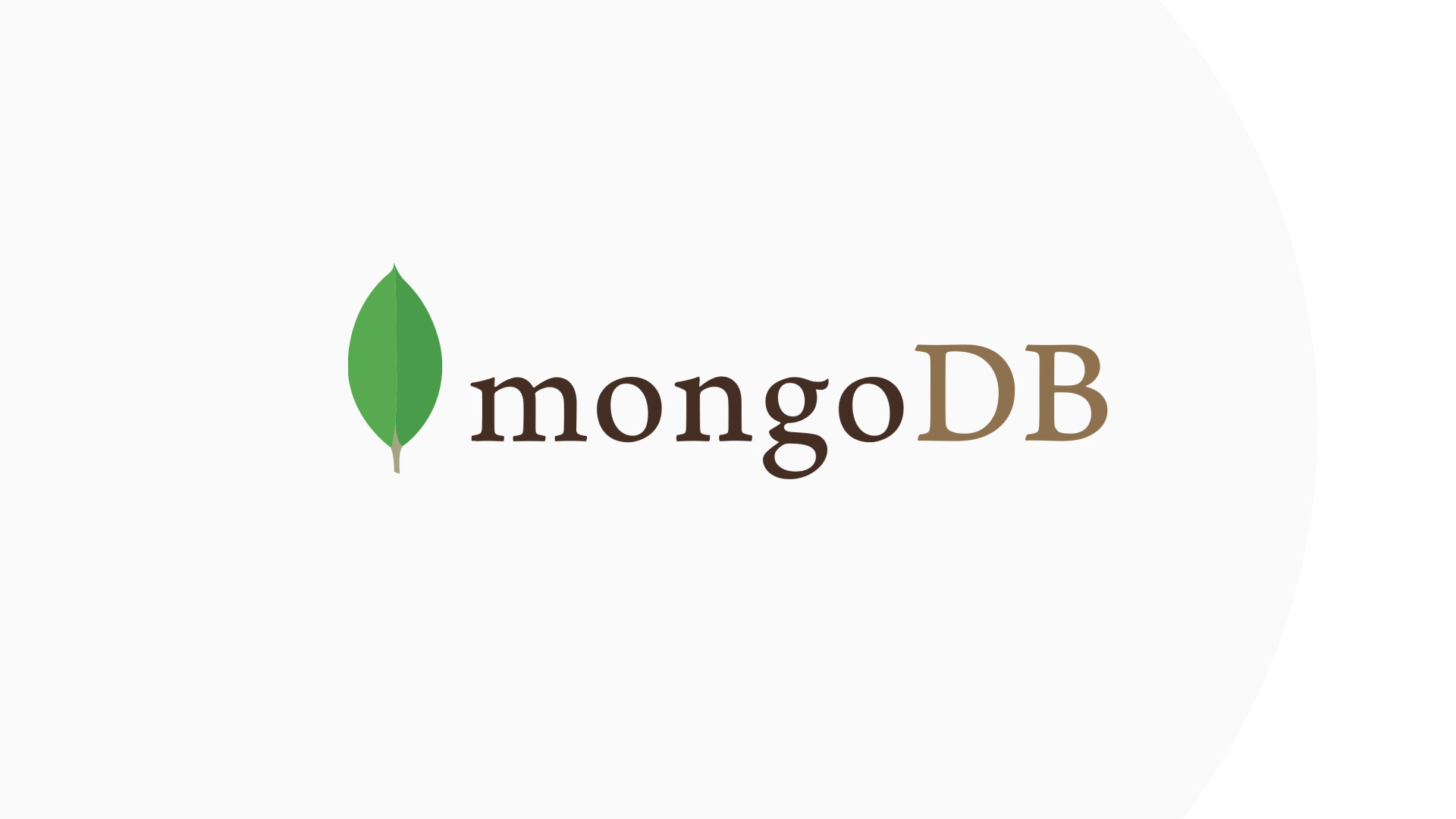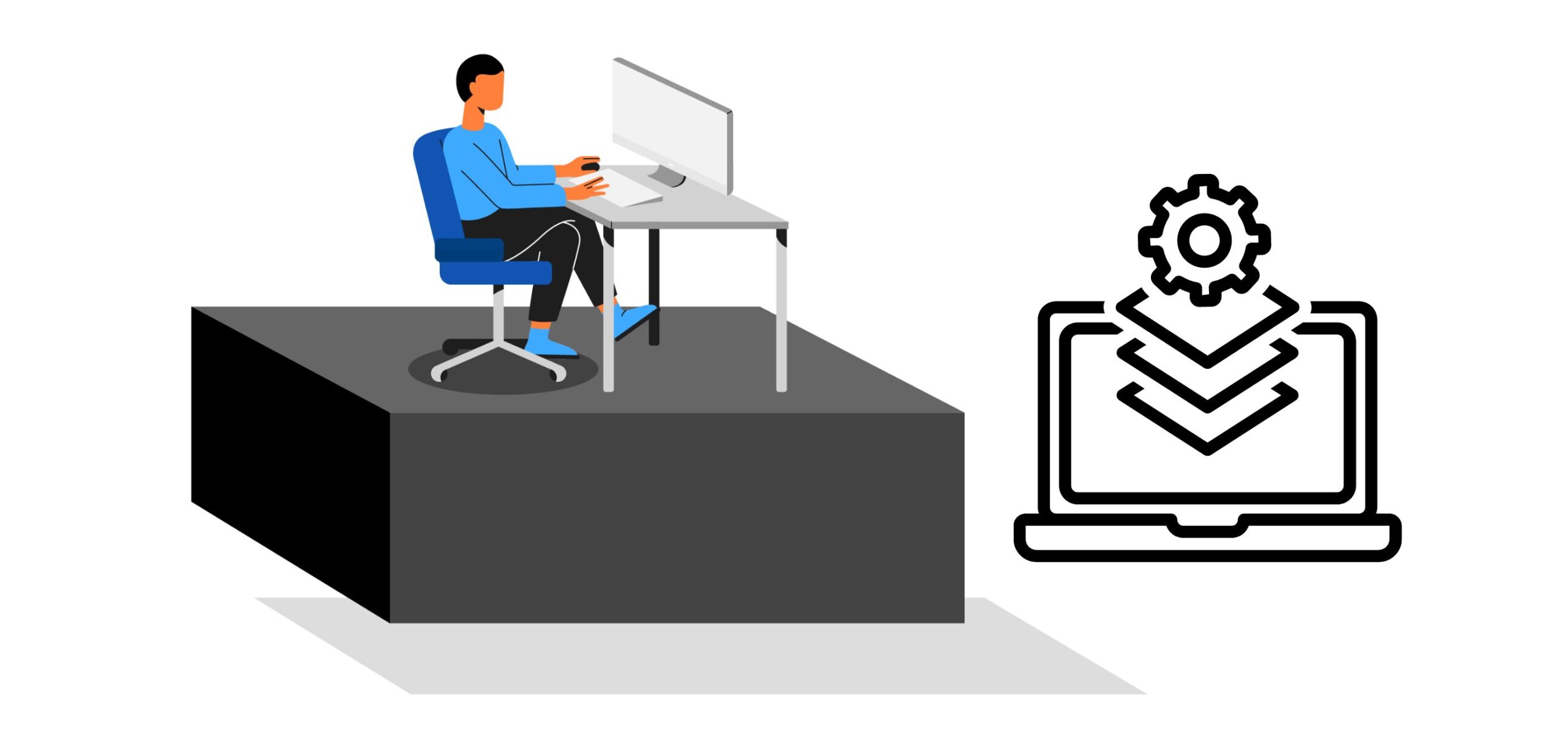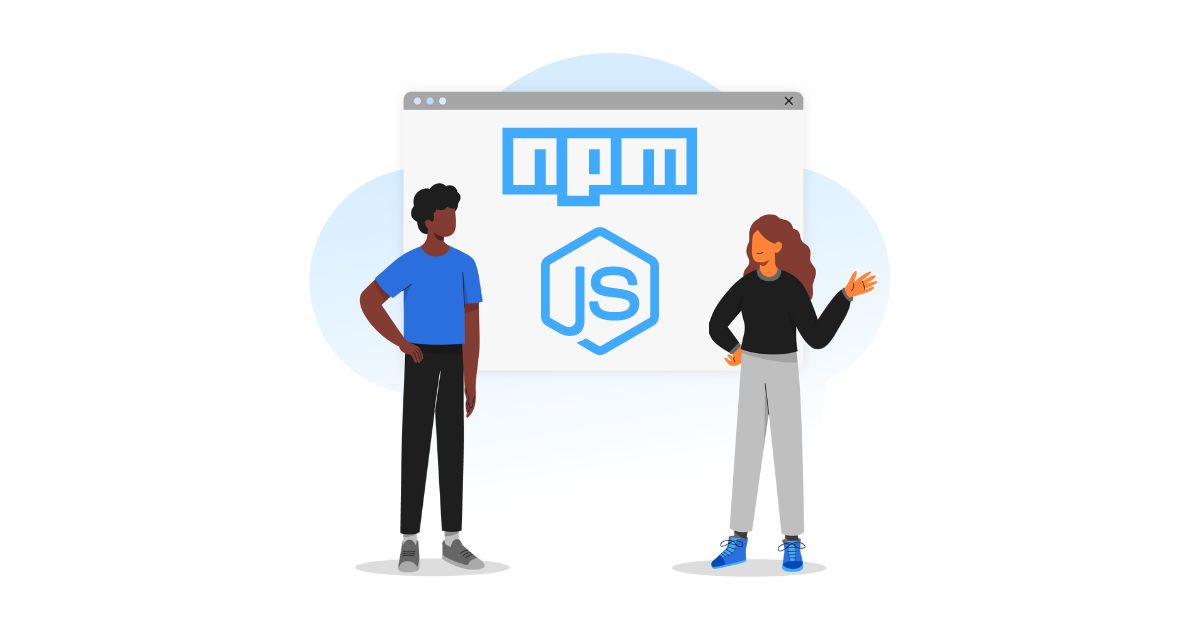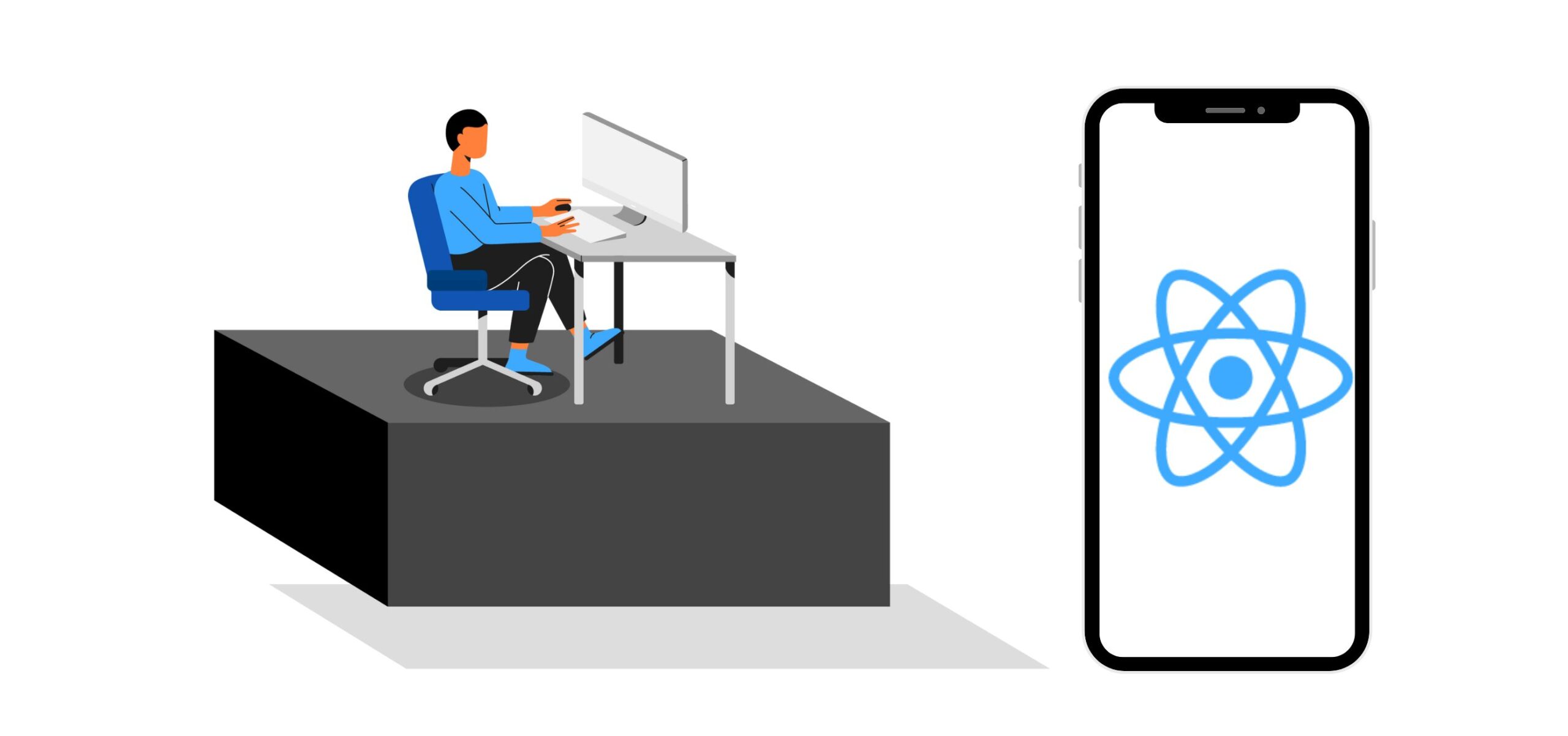MongoDB Features: A Beginner’s Guide
In this post, Aliyu, a full stack developer at Turing, sheds light on the various MongoDB features and its applications in the industry. He also compares it with other popular databases in the market.
MongoDB is an open-source document-oriented NoSQL database. This database program is prized because it provides a comprehensive query language and quick data access. Instead of tables and rows, MongoDB uses collections and documents. It keeps track of the data in documents and uses C++ as a primary language.
History of MongoDB
In 2007, entrepreneurs Kevin Ryan, Dwight Merriman, and Eliot Horowitz started 10gen to provide an open-source platform as a service product similar to Heroku, AWS Elastic Beanstalk, and Google App Engine.
Later in 2009, the 10gen team built an advanced document-oriented NoSQL database technology and named it MongoDB.
What is the architecture of a MongoDB database?
MongoDB stores information in documents. Each document is a collection of key-value pairs, and each key-value pair is called a field. Every document has an _id field, which identifies the documents. Documents may contain many fields.
In MongoDB, a collection holds a group of documents. Unlike traditional databases, MongoDB stores plenty of data in a single collection.
Here are a few more MongoDB characteristics:
Easy to use
One of the best MongoDB features is its ease of use. MongoDB focuses on documents. It stores data using the document concept, which is more versatile than the Relational Database Management System’s (RDBMS) row concept. A document is a single record that reflects complicated hierarchical relationships. MongoDB does not require established schemas, making adding or removing fields from documents easier.
Designed to scale down
A common MongoDB feature, which helps developers a lot, is scalability. There are two common ways to scale databases:
-
-
Scale up – Upgrade the present server to a larger, more resource-rich server with better CPUs and RAMs.
-
Scale down – Upgrade the present server with additional servers.
-
MongoDB is designed to scale down. MongoDB features enable developers to distribute data across multiple servers. They also offer load balancing across the cluster, redistributing data, and routing updates to the appropriate servers automatically.
Related post: The Fifteen Best Front-End Frameworks for 2022
Rich features
MongoDB features allow developers to insert, update, delete, and select data like any database system. In addition, MongoDB features include the following:
-
-
Indexing
-
Aggregation
-
Specification of collection and index types
-
File storage
-
High performance
MongoDB features great performance, as its core function is to build full-featured databases that are scalable, flexible, and quick.
Why do developers prefer MongoDB?
-
Speed
MongoDB features exceptional speed. This framework uses BSON documents (short for JSON binary) to store information. BSON makes it possible to calculate data in documents faster. In addition, MongoDB encourages denormalization of data in its documents by duplicating data where it is needed. -
Flexibility
The data in a MongoDB collection, unlike SQL databases, can be different. This MongoDB feature is ‘Schemaless.’ The flexibility of not adhering to a specific data structure is helpful in prototype projects that are still figuring out how to go about data organization. -
Infrastructure
MongoDB ensures stability by having more than one copy of the database. The double copy assures quick availability of information even if the host system fails. Additionally, the capacity to duplicate a database over several machines in multiple places improves a database’s horizontal scalability.
What are the principal characteristics of MongoDB?
-
JSON
JavaScript Object Notation or JSON is a collection of fields and values in a structured format. -
BSON
BSON is a binary-coded serialization of JSON-like documents. -
Documents
MongoDB stores data as BSON documents. In MongoDB, a document is a set of field-and-value pairs. -
Collections
MongoDB stores documents in a collection. A collection is a group of documents. -
Databases
MongoDB stores collections into a database. -
Namespace
By linking the database name with database collection, a namespace originates. Developers can fully qualify collections using namespaces. The namespace of the books collection, for example, would be bookdb.books if the collection name is books and the database name is bookdb.
RDBMS vs. MongoDB
In addition, in both databases, a few terms are connected but coined differently. For example, in MongoDB, what is referred to as a Table in RDBMS is referred to as a Collection. Similarly, Tuple is a Document in MongoDB, and Column is Field. But there are several differences between the two. Here are the major ones:
- MongoDB is document-oriented and schemaless, whereas RDBMS has a conventional schema design that shows the number of tables and their relationships.
- MongoDB features a document structure that is both versatile and scalable. RDBMS, on the other hand, is stringent.
- MongoDB is faster than RDBMS due to effective indexing.
- MongoDB uses a default ‘_id’, a 12-byte hexadecimal integer that ensures each document’s uniqueness, whereas RDBMS doesn’t.
Developers prefer MongoDB over RDBMS in the following scenarios:
- If developers have a large volume of data to store in tables, as the MongoDB framework comes with a built-in partitioning and sharding solution.
- In RDBMS, adding a new column is difficult; however, MongoDB has no schema. So, it is easy to add a new field in MongoDB that does not affect existing documents.
Language support by MongoDB

Language support by MongoDB
MongoDB provides official support for most programming languages, such as Perl, PHP, Python, C, C++, Rust, C#, Java, Ruby on Rails, Scala, Go, Erlang, etc.
Related post: Five Popular Web Development Frameworks to Watch Out for in 2022
How to install MongoDB?
- Visit http://www.mongodb.org/downloads and select your operating system.
- Further instructions vary according to the OS you choose. However, all steps are easy and involve minimum engagement.
Which companies are using MongoDB?
Major companies, including EA, Cisco, Shutterfly, Adobe, Ericsson, Craigslist, eBay, and Foursquare, use MongoDB features extensively.
Summary
MongoDB features are rich, and it is a fast and reliable database. It is also one of the most recommended databases for designing scalable web applications that require unstructured data storage.
So if you wish to design an application that involves clustering and fast performance, you must consider MongoDB.
But most importantly, you will need experienced software developers to design and develop a good application.
Turing can help you hire from the top 1% of the world’s best developers. If you’re a company that needs to increase its engineering capacity quickly, visit Turing.com now.
Tell us the skills you need and we'll find the best developer for you in days, not weeks.












